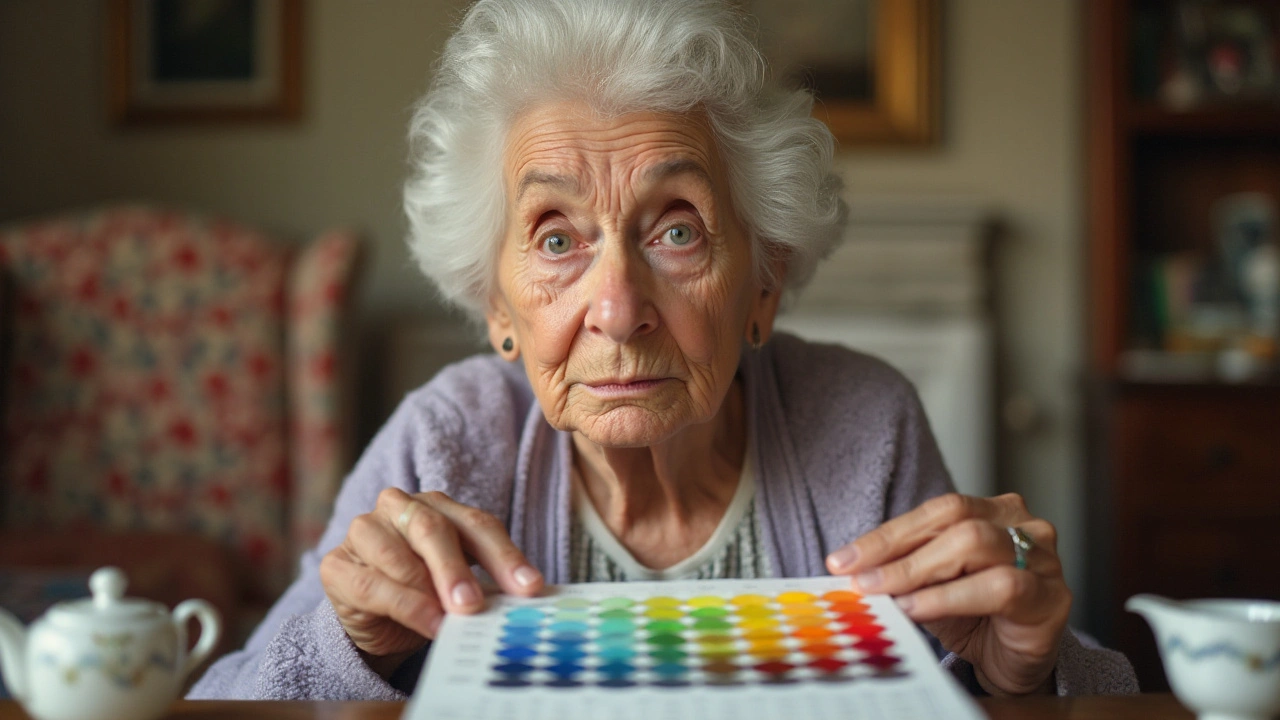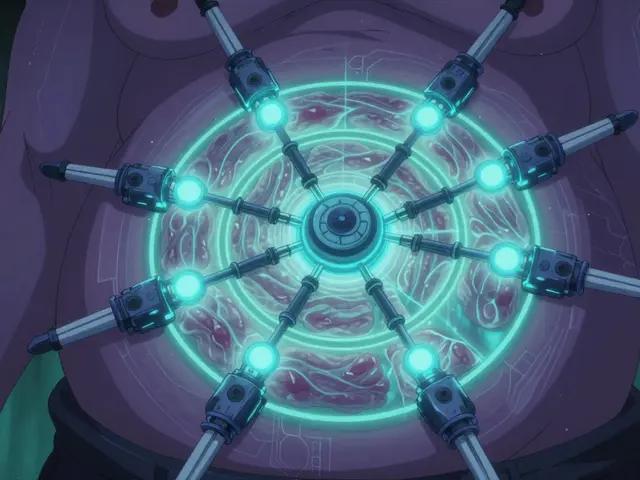Open-Angle Glaucoma: Symptoms, Diagnosis, and Treatment
Open-angle glaucoma often steals vision without pain or warning. Many people don’t notice early loss because peripheral vision fades slowly. Catching it early is the only reliable way to protect sight.
So what is it? Open-angle glaucoma is a chronic eye condition where fluid drains poorly from the eye, raising intraocular pressure (IOP). That pressure damages the optic nerve over time and causes blind spots that start at the edges of vision.
Common signs to watch for include gradual peripheral vision loss, trouble seeing in low light, or needing more light to read. Headaches or eye pain are uncommon. If you’re over 40, have a family history, are Black, diabetic, or use steroid medications, your risk is higher.
How doctors diagnose it
An eye exam for glaucoma is simple and painless. Your doctor measures IOP with a tonometer, inspects the optic nerve with ophthalmoscopy, and checks visual fields to find blind spots. They may also measure corneal thickness and use OCT imaging to look for nerve layer thinning. You should get a baseline exam and regular follow-ups if you have any risk factors.
Treatments that work
First-line treatment is usually daily prescription eye drops that lower IOP. Drops fall into classes like prostaglandin analogs, beta-blockers, alpha agonists, and carbonic anhydrase inhibitors. Each has pros and cons—some cause redness, dry eyes, or slow heart rate—so talk with your eye doctor about side effects.
If drops aren’t enough, lasers can help. A trabeculoplasty improves drainage with a quick outpatient procedure. For more advanced disease, surgical options such as trabeculectomy or drainage implants create new pathways for fluid. New minimally invasive glaucoma surgeries (MIGS) can reduce pressure with less recovery time.
Monitoring is part of treatment. Even after pressure is lowered, regular check-ups and visual field tests tell your doctor if the nerve is stable. Medication adherence matters—missing drops can let pressure rise quietly.
Lifestyle tips that help: protect your eyes from injuries, control blood sugar and blood pressure, avoid smoking, and tell your doctor about steroid use. Exercise like walking can lower eye pressure for some people, but heavy lifting or inverted yoga poses may raise pressure temporarily.
If you notice sudden vision changes, severe eye pain, colored halos, or nausea, seek emergency care—those can signal acute angle-closure glaucoma, which needs immediate treatment. For open-angle glaucoma, steady care and early treatment usually slow or stop vision loss.
Talk with an ophthalmologist if you think you’re at risk. Early testing is quick, and treating early gives you the best shot at preserving sight for years to come.
Using eye drops correctly matters a lot. Tilt your head back, pull down the lower lid, place one drop, close your eye for a minute and press the inner corner to cut systemic absorption. Wait five minutes before a second drop. Keep drops in their container and follow storage instructions. If cost is an issue, ask about generics or patient assistance programs—many brands have cheaper equivalents that work the same.


